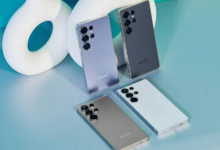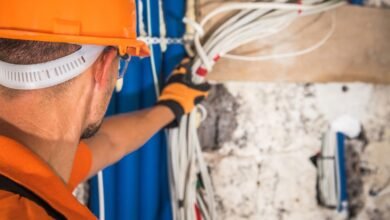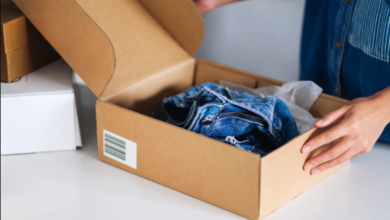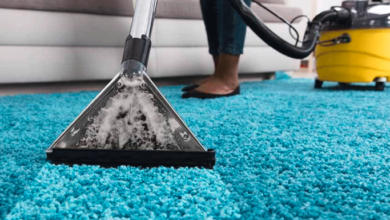How to Evaluate and Hire a Freelance Graphic Designer for Your Project
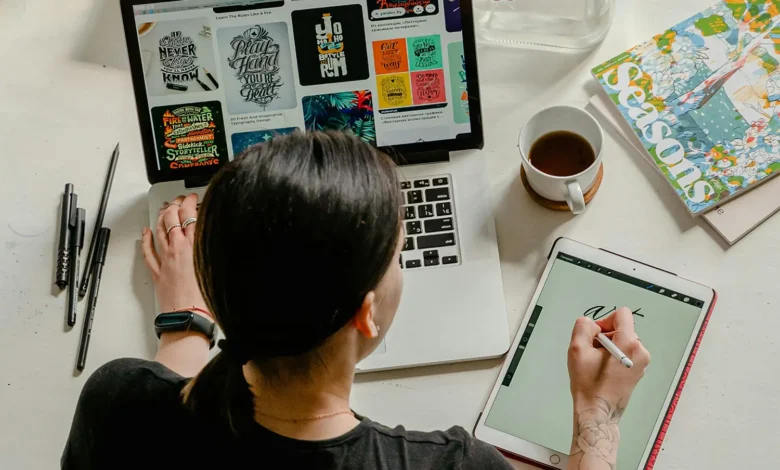
Hiring the right freelance graphic designer for your project can make all the difference between a lackluster result and a stunning, effective design that achieves your goals. Freelance graphic designers offer a wide range of creative services, from logo design to web design, branding, and everything in between.
However, with so many talented designers out there, it can be overwhelming to choose the right one. This guide will help you evaluate and hire a freelance graphic designer who meets your specific needs and ensures your project’s success.
1. Where to Find Freelance Graphic Designers
There are several platforms and methods to find qualified freelance graphic designers:
- Freelance Websites: Platforms like Upwork, Fiverr, and Freelancer allow you to post your project and get proposals from a range of designers. These platforms also provide ratings, reviews, and portfolios, which make it easier to vet potential candidates. If you want to hire freelance graphic designer, these platforms offer a wide range of options to meet your project needs and budget.
- Social Media and Design Communities: Designers often showcase their work on Instagram, Dribbble, Behance, and LinkedIn. These platforms allow you to search for designers by keywords, location, or specialty. Look for portfolios that match your style and needs.
- Referrals: Ask colleagues, friends, or other businesses for recommendations. Personal referrals are often the best way to find someone reliable and trustworthy.
See also: Innovations That Simplify Business Ownership
2. Understand Your Design Needs
Before you even begin looking for a designer, take time to clearly define your project’s requirements. Knowing exactly what you want will help you communicate effectively with potential candidates and avoid any misunderstandings down the line. Consider the following:
- Project Scope: Are you looking for a logo, website design, marketing materials, or a full brand identity? A well-defined project scope will help you choose a designer with the right expertise.
- Style Preferences: Do you have a specific visual style in mind? This could include modern, minimalistic, vintage, or something more niche. Understanding your style will help you narrow down your search.
- Budget and Timeline: Know how much you are willing to spend and how long you expect the project to take. Freelancers work with different pricing structures (hourly rates, flat rates, etc.), so knowing your budget will help ensure you stay within your limits.
3. Evaluate Their Portfolio
A designer’s portfolio is their most powerful tool for demonstrating their capabilities. A well-curated portfolio can give you a clear idea of a designer’s style, skills, and range. When reviewing portfolios, consider the following:
- Relevance to Your Project: Look for designers who have worked on projects similar to yours. If you’re looking for a logo, see if they have a track record of creating logos that reflect your desired style.
- Variety of Work: While it’s important to find a designer who specializes in your type of project, a good designer should also have a diverse portfolio that demonstrates their ability to work with different styles, mediums, and concepts.
- Consistency and Quality: Pay attention to the overall quality and consistency of the work. The designs should be polished, professional, and visually appealing. There shouldn’t be any glaring weaknesses in their previous projects.
- Problem-Solving Abilities: Great graphic designers are not just artists; they are problem-solvers. Look for designs that show how the designer has addressed specific challenges, such as conveying a brand message, solving user experience issues, or working within a tight budget.
4. Check Client Reviews and Testimonials
Most freelance platforms allow clients to leave reviews or ratings after a project is completed. Take the time to read these reviews to get an understanding of the designer’s strengths and any potential red flags. Look for feedback that touches on:
- Communication: Was the designer responsive, open to feedback, and easy to work with?
- Timeliness: Did they meet deadlines, or were there issues with delays?
- Collaboration: Did they offer creative input and work closely with the client to understand their needs and vision?
- Satisfaction: Did the client feel satisfied with the final design and the process?
If the designer has testimonials on their personal website or social media, that’s another great indicator of their professionalism.
5. Assess Their Understanding of Your Brand and Project
Once you’ve shortlisted potential candidates, it’s time to communicate with them directly. A good designer should ask you insightful questions to better understand your brand, audience, and goals. Here are some things to consider:
- Initial Conversation: Did the designer listen to your ideas and ask thoughtful questions about your brand, goals, and target audience? A designer who doesn’t ask for this information may not fully grasp your needs and could miss the mark on the design.
- Proposals and Ideas: Ask the designer to provide an overview of their approach to your project. They should demonstrate an understanding of your brand and how they plan to approach the design.
- Creativity and Innovation: A good designer will also offer creative suggestions or new perspectives, showing their expertise and ability to think outside the box.
6. Communication and Collaboration Skills
Effective communication is key to any successful project, especially when working with a freelance designer. It’s important to assess how well the designer communicates and collaborates throughout the project:
- Response Time: Does the designer respond to your inquiries in a timely manner? Freelancers are often managing multiple clients, but they should be able to communicate promptly.
- Clarity: Are they able to clearly explain their design process and provide updates on the project’s progress?
- Receptiveness to Feedback: Will the designer be open to your feedback and suggestions? Look for someone who is flexible and willing to revise their work as needed.
7. Discuss Budget, Timeline, and Contract Terms
Once you’ve identified the right designer for your project, it’s time to discuss the logistics. Be upfront about your budget and expectations. Here’s what to address:
- Budget: Make sure you agree on pricing before starting. Freelancers may offer an hourly rate or a fixed price for the entire project. Consider factors such as the designer’s experience, complexity of the project, and your budget constraints.
- Timeline: Set clear deadlines and ensure the designer is able to meet them. Be realistic about the time required for revisions and final delivery.
- Revisions: Understand how many revisions are included in the price and what constitutes a revision. Clarify any additional costs for extra revisions.
- Contract: A formal agreement protects both parties. Outline project scope, timelines, deliverables, payment terms, and any other expectations in a contract.
8. Trust Your Instincts
At the end of the day, hiring a freelance graphic designer is not just about the quality of their portfolio or their skills; it’s also about how comfortable you feel working with them. Trust your instincts and choose a designer who not only has the talent but also aligns with your communication style, values, and vision for the project.
Conclusion
Hiring a freelance graphic designer is a crucial step in achieving your design goals, but it requires careful consideration and evaluation. By following the steps above, understanding your needs, reviewing portfolios, assessing communication, and setting clear expectations, you can find the perfect designer who will bring your vision to life.
Take your time during the hiring process, and remember that the right designer is an investment in the success of your project.


